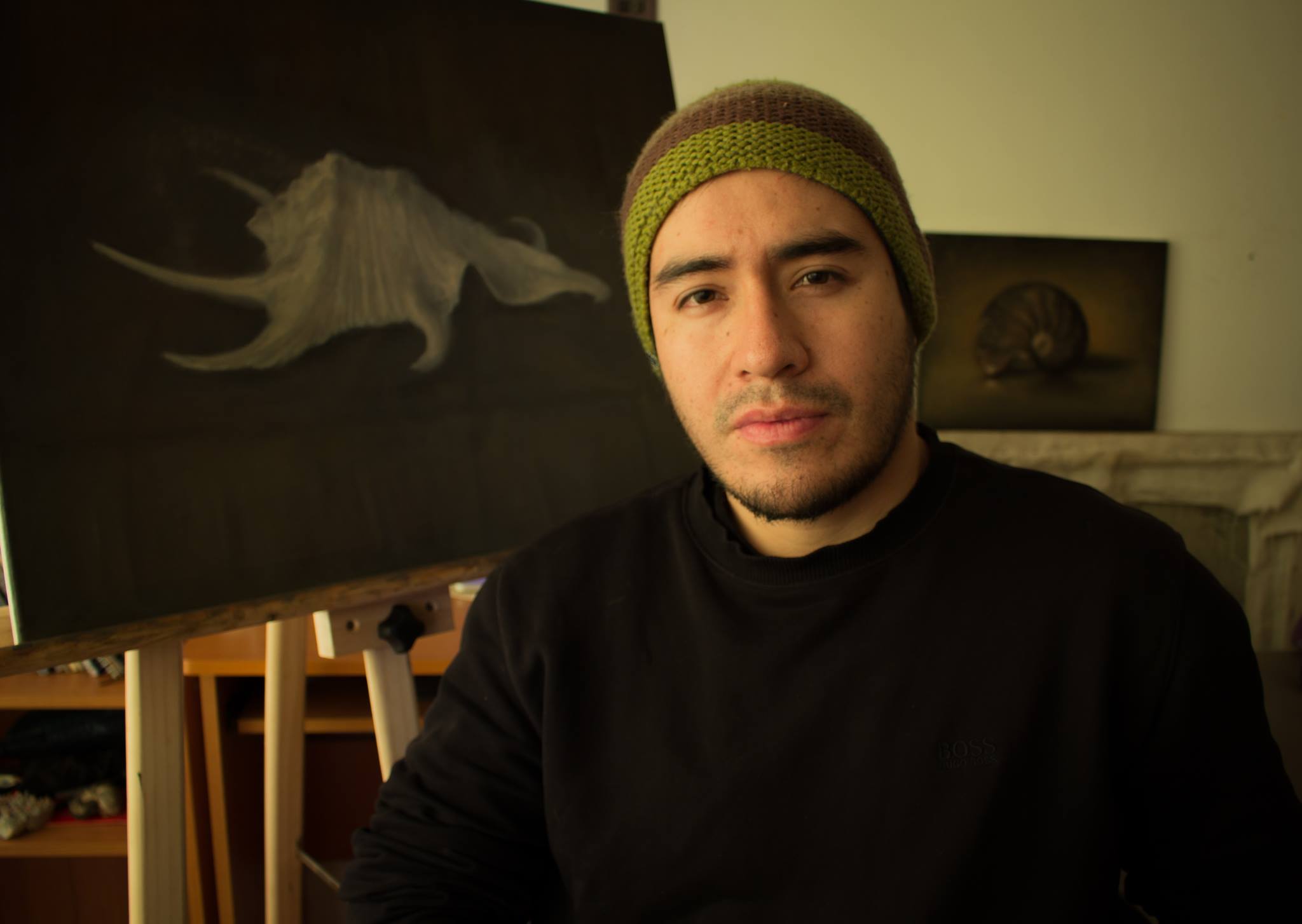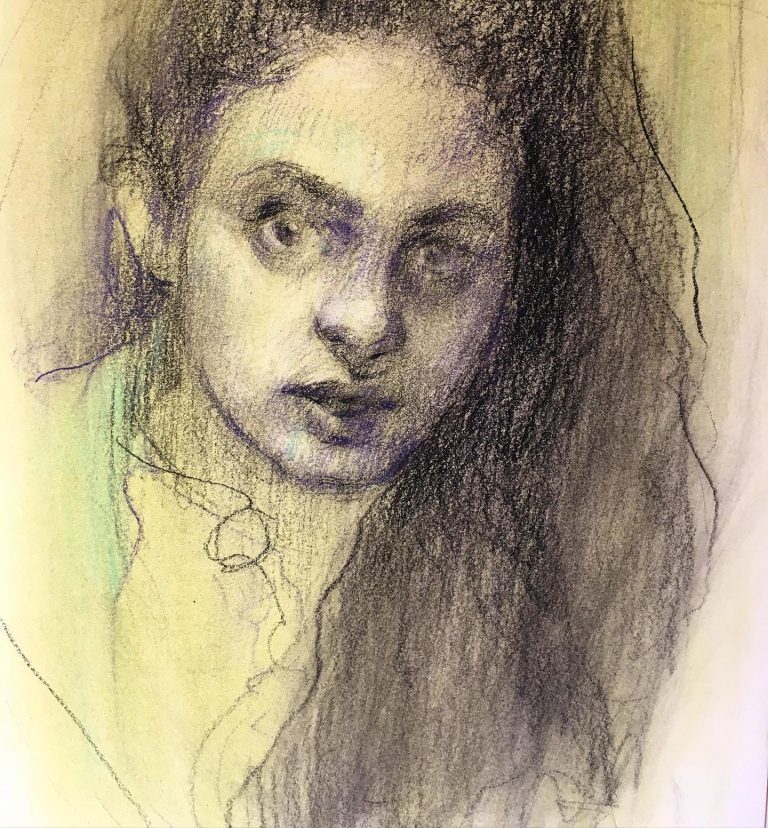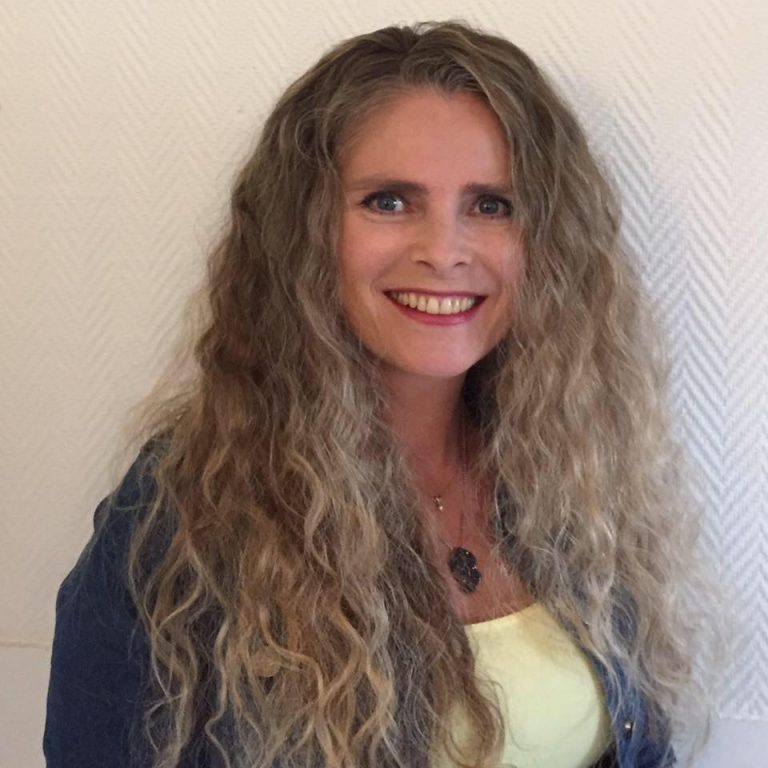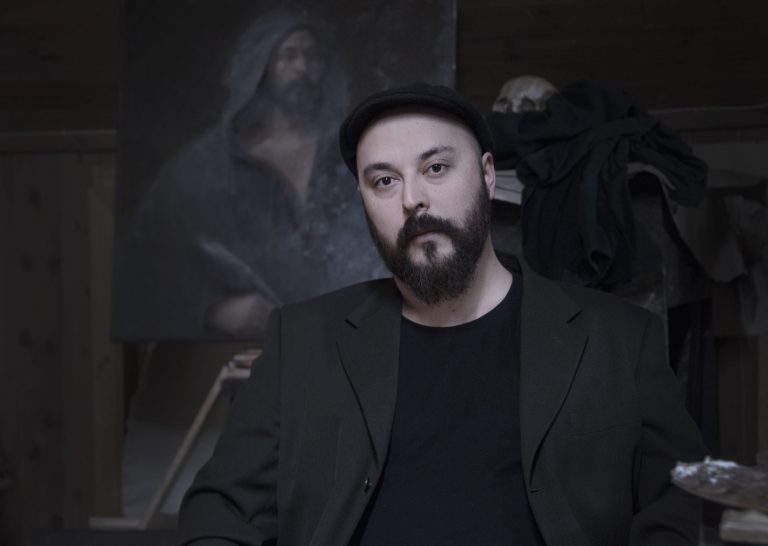My father always told me about his admiration for the work of Michelangelo, especially the paintings in the Sistine Chapel.
From a very young age I felt a deep admiration for the works of the old masters. I saw that such creations were sublime and I did not understand how they were able to perform an imitation of reality almost more beautiful than reality itself.
With this concern already sewn in me, I began to study the great masters of painting. I was amazed with many periods and how they were improving in composition and techniques over time. I was especially surprised with what was achieved during the renaissance.
As I inquired further, I noticed that pictorial movements began to downplay technique and talent. Instead they gave importance to concepts I didn’t understand. These types of modern movements disappointed me and did not take my attention.
Through my continued search for knowledge about classical painting I met Odd Nerdrum. It was encouraging to know that there is a living master of classical painting and that he also receives students. Before I could go to his school, Odd sent me to study with Sebastián Salvo.
During my first encounter with Sebastian, at his workshop full of dark classical paintings, I knew immediately that I was in the right place. That day Sebastian asked me a question: “Miguel, what does art mean?” It was a question that I was not able to answer. After that, we began to talk about philosophy and we reached the term “Kitsch”. It all started to make more sense; a concept with clear foundations and with the highest goal of making a masterpiece.




